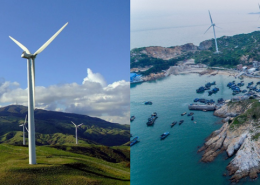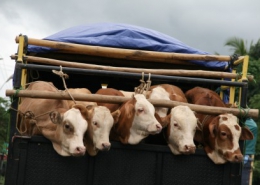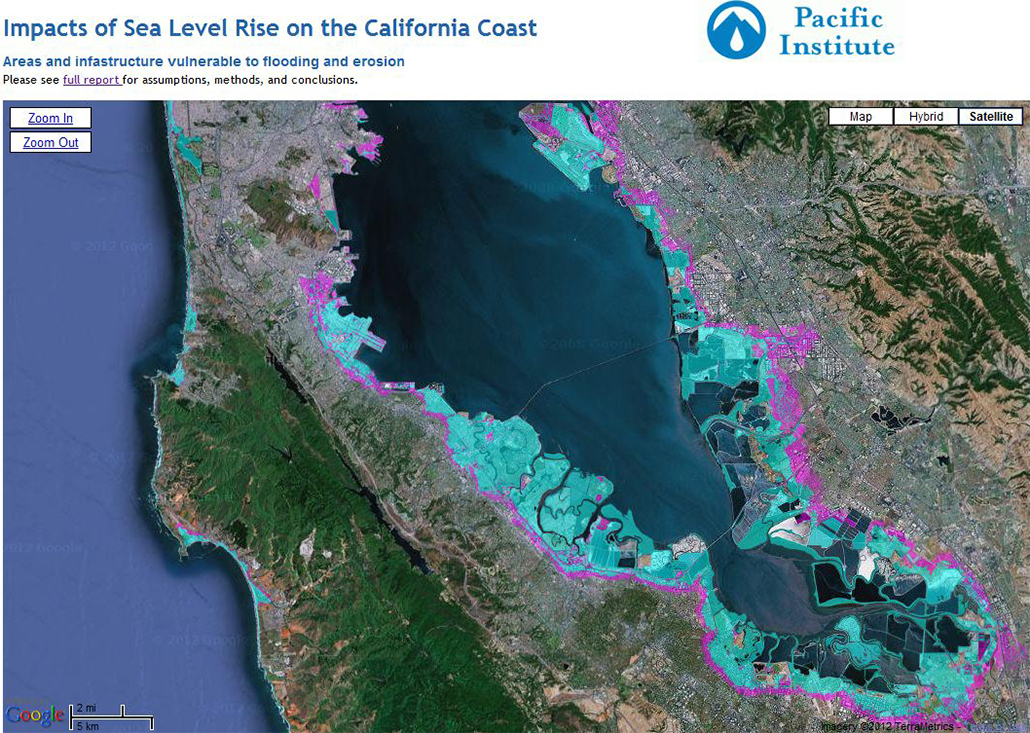Macroeconomic Analysis of Climate Strategies: Presented in the March 2006 Climate Action Team Report
Place: California • Date: 2006 • Partner: CalEPA
Project Summary
This report provides an update to the macroeconomic analysis of the climate strategies presented in the March 2006 Climate Action Team Report to Governor Schwarzenegger and the Legislature (2006 CAT Report). As described in the 2006 CAT Report, the macroeconomic impact assessment available at that time was preliminary, and would benefit from updated cost and savings estimates for the strategies as well as a refined analysis. Consequently, the report committed to providing an updated analysis.
This report fulfills the commitment made in the 2006 CAT Report by presenting the following:
- updated estimates of costs, savings, and emission reductions for the climate strategies presented in the 2006 CAT Report;
- refined methodologies for characterizing the climate strategies for use in the macroeconomic impact analysis; and
- revised macroeconomic impact analysis. Additionally, this report presents net cost estimates for each of the climate strategies in terms of the dollars per ton of emissions avoided in 2020. As described below, these estimates incorporate the value of reducing criteria air pollutant emissions, a factor that was not included in the March 2006 analysis. The estimates presented in this report reflect both updated data and refined methods. The macroeconomic impact analysis is conducted with two separate modeling frameworks that were presented at the November 29, 2006 Conference on Economic Impact Modeling of Greenhouse Gas Emission Reduction Market and Non-Market Based Strategies. Through the use of two modeling frameworks we are able to examine the implications of alternative modeling assumptions and methods on the impact estimates. Additionally, the models have the capability of examining the impacts of using market based compliance mechanisms to achieve the State’s 2020 emissions limit. This capability was not available for the analysis presented in the 2006 CAT Report. The modeling frameworks are:
- Environmental Dynamic Revenue Analysis Model (E-DRAM) – provided by the Air Resources Board (ARB); and
- Berkeley Energy and Resources (BEAR) Model – provided by U.C. Berkeley. The modeling framework developed by CRA International was also made available by the Electric Power Research Institute (EPRI). Unfortunately, the model was unable to incorporate the cost-saving characteristics of several important parts of the State’s strategy to fight global warming within the timeframe for producing this report. As the cost savings have been proven in some cases, such as the California building energy efficiency standards, appliance standards, and energy efficiency programs, the analysis was not realistic, and consequently is not included in this report. While significant progress has been made, we recognize that additional data collection and methodological refinements are ongoing. The climate strategies continue to be updated, and new climate strategies have been identified. For example, at its June 2007 hearing the Air Resources Board (ARB) adopted 37 early actions of which three were believed to meet the legislative definition of discrete early action. The ARB staff is currently evaluating stakeholder suggestions for additional early actions. As such these new and developing strategies are not represented in this analysis. The newly proposed low carbon fuel standard (LCFS) illustrates this point. Specifically, the LCFS will replace the biodiesel and ethanol strategies included in this analysis, but the information necessary to characterize the model inputs for the LCFS were not sufficiently developed to include in this analysis. Additionally, as the ARB develops the Scoping Plan as required under the Global Warming Solutions Act of 2006 (AB 32), it is updating the existing climate strategies and examining additional strategies beyond those considered here. Therefore, we will continue to build on the new data and methods incorporated in this report to develop improved analyses in the future.
Most Recent Entries

California and China: Leadership for a Low Carbon Future
Invitation to attend a panel discussion on Climate Risk. Low Carbon Future: Two of the world’s leading economies, California and China, share a determination to address climate risk and other sustainability challenges with bold commitments to policy technology innovation.

Roadmap on the Prospects for GMS National Scaling and GMS Regional Coordination of Agrifood Traceability Schemes
Roadmap for GMS food traceability schemes.

M-POWER – CPWF Capacity-Building Program
Long term projections of the GMS region's food and hydroelectric needs and production potential.








